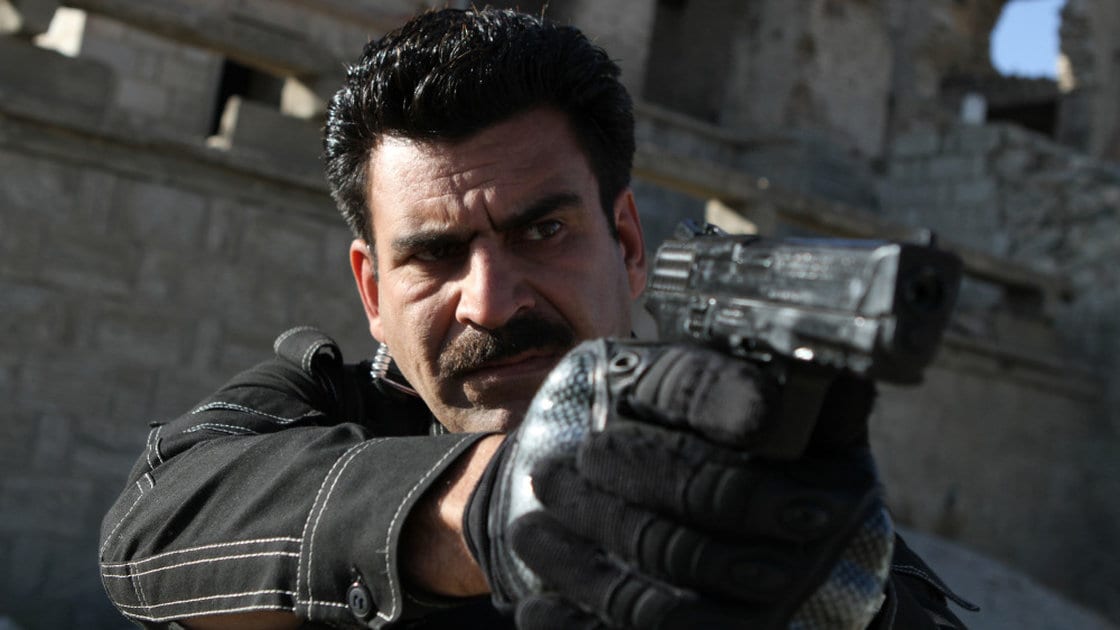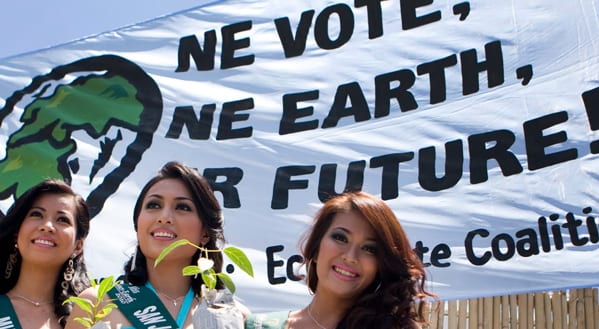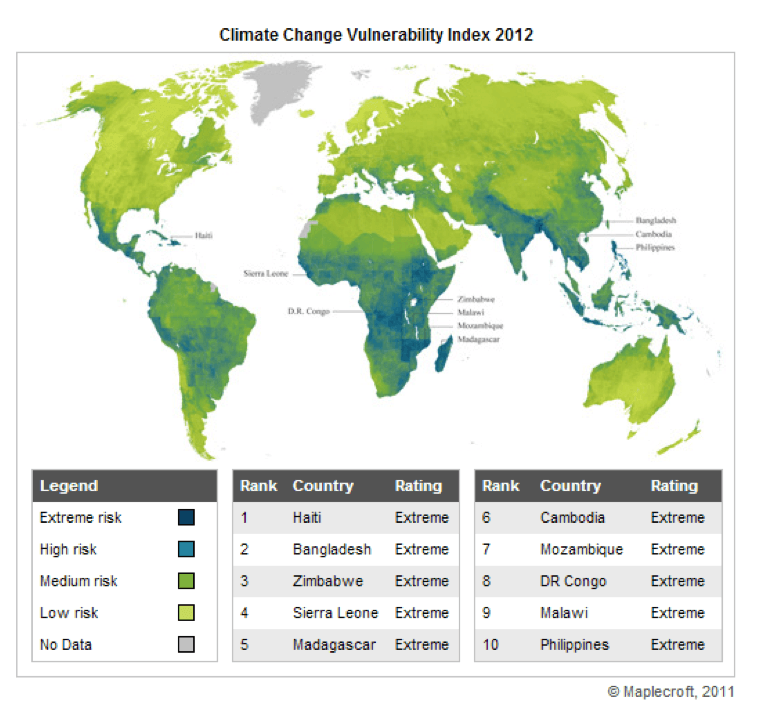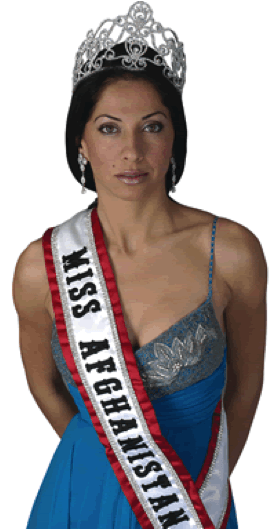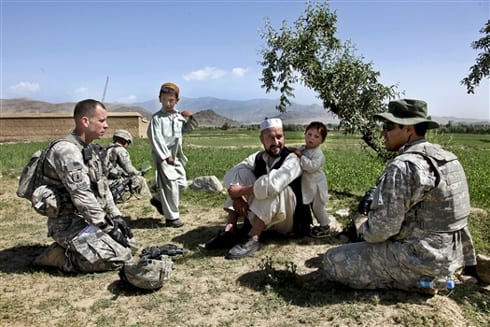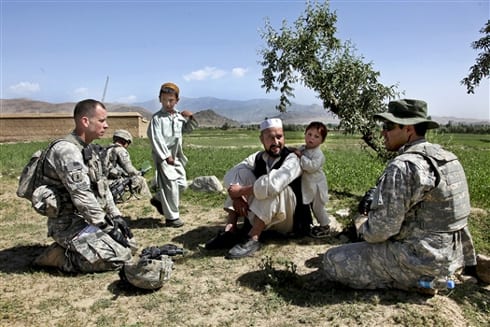The recent decision by Afghan President Karzai to postpone signing a security arrangement on the continued presence of U.S. troops is apt to confuse an already confused Afghan and American public about the future bilateral relationship that will define post-2014. It is hard for any casual observer or media consumer to make sense out of the daily conflicting stories on whether or not American engagement in Afghanistan will be sustained next year. One of the key challenges of public diplomacy is to match rhetoric with actions on the ground and make a convincing argument to citizens.
An issue where the U.S. has stepped up its promises and rhetoric as well as its policy is around standing by Afghan women and girls—a promise we should keep. It is in America’s interest to see women-–a large segment of Afghan society–educated, trained, active and engaged in securing peace in a country in which we have invested a dozen years of money and lives. The women of Afghanistan are the loudest champions of peace and reconciliation in that troubled land.
Good public diplomacy and good policy are reflected in the announcement just a few months ago from the U.S. Agency for International Development a new, five-year $200 million assistance program for Afghan women called “Promote,” a sign of U.S. seriousness of purpose. The announcement, made in a speech by USAID Administrator Rajiv Shah at the U.S. Institute of Peace in July underscored the continued American commitment to success in Afghanistan—success that Shah argued is “fundamentally grounded in a society that creates opportunity for women and girls.” The new USAID program will propel the education, training and promotion of young women in Afghan government, business and civil society, building on successes as measured in the rise of girls enrolled in Afghan schools.
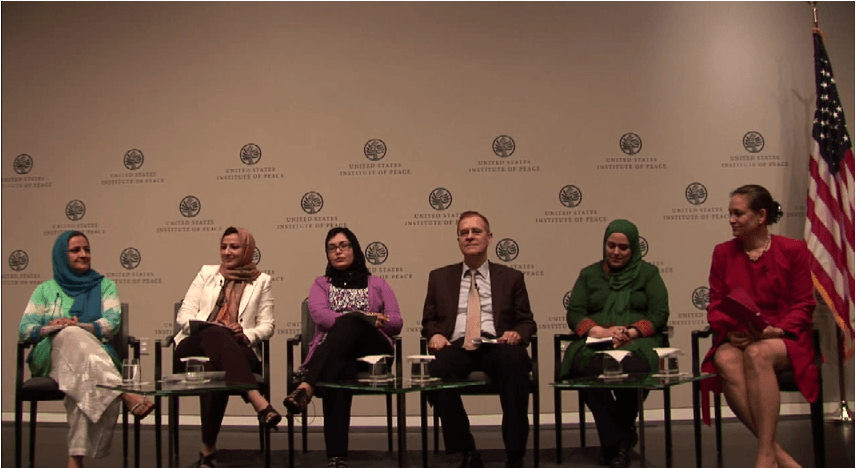
That announcement was echoed recently at Georgetown University by Secretary of State Kerry, standing with former Secretary of State Hillary Clinton and former First Lady Laura Bush—another good example of bipartisan public diplomacy.
In the first few months of 2014, President Obama will have opportunities to clear up any fog about American ambitions for Afghanistan, including with the State of the Union in February—the ultimate public diplomacy opportunity. (Twelve years ago in 2002, George W. Bush used his State of the Union speech to signal America’s commitment to Afghan women and to underscore signs of progress: “The last time we met in this chamber, the mothers and daughters of Afghanistan were captives in their own homes, forbidden from working or going to school. Today, women are free and are part of Afghanistan’s new government.”)
Another place to make the case for US-Afghan relations is on social media–a growing platform for public diplomacy around the world. Today, Afghan women and girls are using social media to make their anxiety about the future known. Zahra is a 23-year old Afghan woman, and currently an undergraduate student at the American University of Afghanistan studying business administration. She shared her anxiety on the website WhyDev, which is dedicated to the Voice of Afghanistan’s youth:
“I live in fear more and more as each day passes and it gets closer to 2014.
Everybody is talking about civil war again. Everybody has a plan to leave Afghanistan; they want to have a better life. .. Today, in our office, my colleague said she put her house on the market and wants to go to Australia. “But how?”, I asked. She said –like everybody else that goes… “With an invitation? Do you know somebody there? Will they send you invitation letter?
We are getting crazy thinking about 2014 and civil war. We can’t enjoy our time right now as it passes. We are losing our time as these fears enter our mind…
I fear what will happen. The only image that I have of the Taliban is of men with a huge turbans, big weapons, Afghan clothes and lots of beards and mustaches. They do not like educated women like me. They want to kill those girls who go to universities or schools…. I am confused. What will be Afghanistan’s future?”
Zahra, like many Afghan girls, wants to know that America’s investment in Afghanistan doesn’t end as the troops leave. Education for Afghan girls has improved in Afghanistan from the 1990s when the Taliban pretty much prohibited it. Today, according to the World Bank and USAID, close to a third of Afghan girls attend primary school. Around 120,000 young women have completed secondary school. In total, at least 200,000 Afghan women now have at least a diplomacy from secondary school, some form of a university degree or some equivalent study. But leaves two-thirds of Afghan girls, waiting for a chance.
In the end, time will tell what the Afghan government will do for its own society, what international foundations and funders will provide, and how committed the United States and the international community can afford to remain in the lives of the Afghan people, in particular its women and girls. For now, the challenge is to keep hope alive and prevent backsliding. Promises are important to keep.


